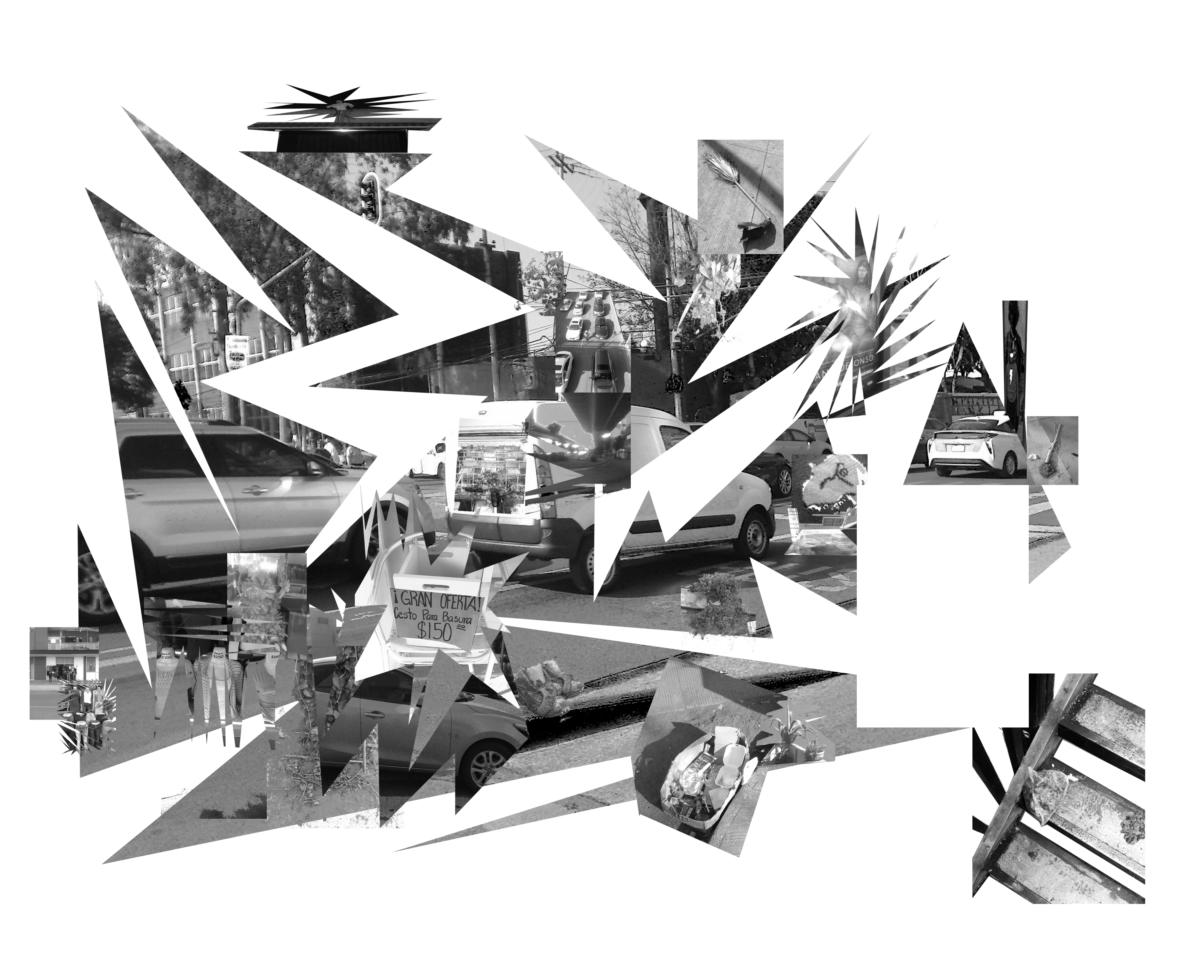
The Figure of Maleza
Maleza is a bad plant, unwanted one. One, which spreads invasively – according to the human who seeks to accelerate the process of production and exhaustion of nature. This is one way of seeing the state of affairs. The other one is to imagine the civilization of intelligent plants, which ascends with the help of dissimilar species. While human tends to perceive this action as a mischievous act, the plants almost always offer something in exchange – nutrition, vitamins, calmness, and beauty.
In fact, the growth of the city seems to be closer to the parasitic character we tend to attribute to maleza. It grows in all directions feeding itself with all life supplies encountered on the way. At one point the city becomes unsustainable and it needs to affect other areas by invasion and conquer. Plants, which are considered bad for intensive and industrial agriculture are blamed for slowing down this development. But how fast can we go, where and for what.
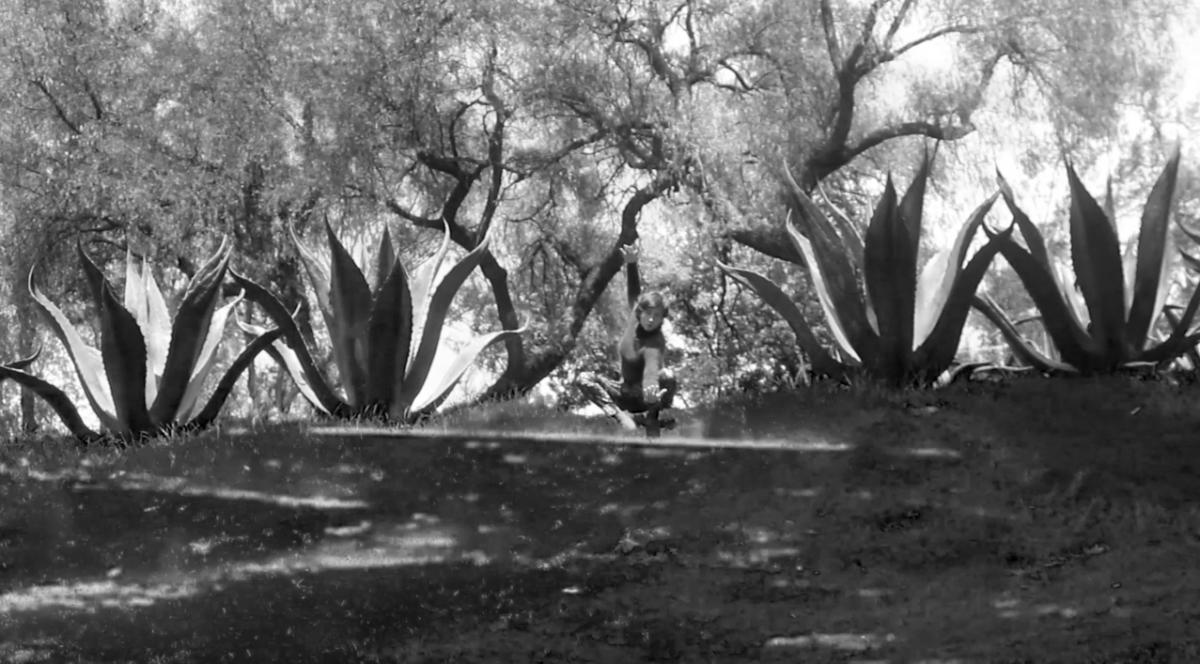
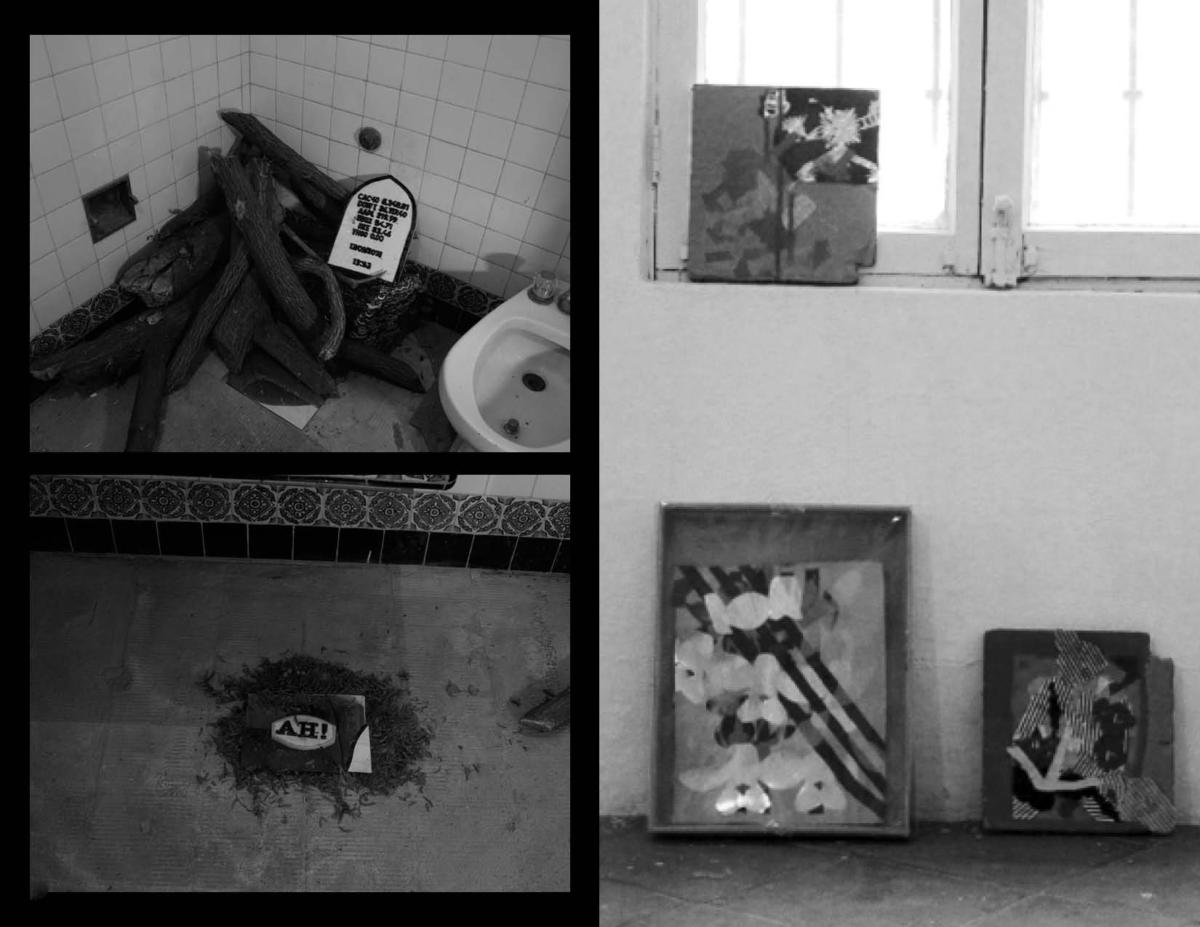
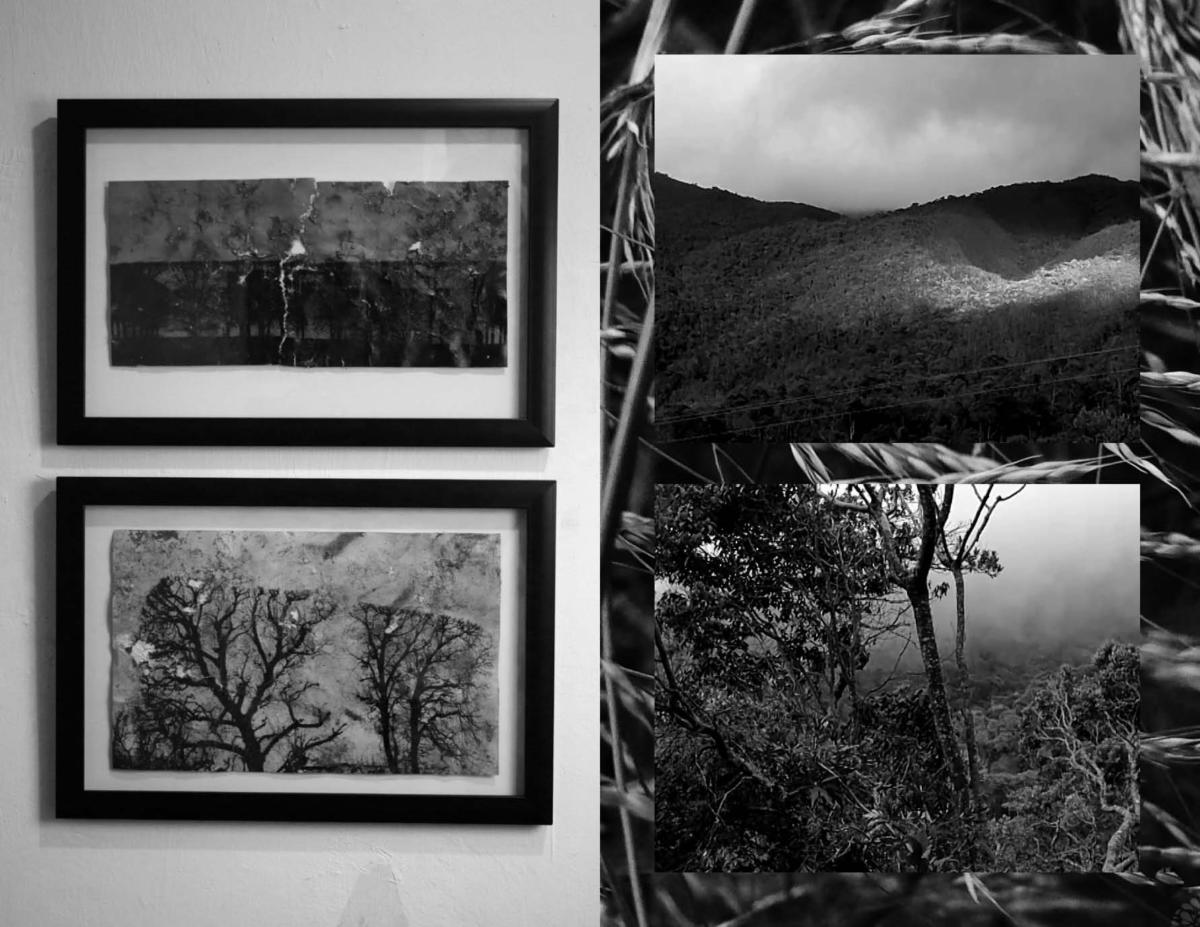

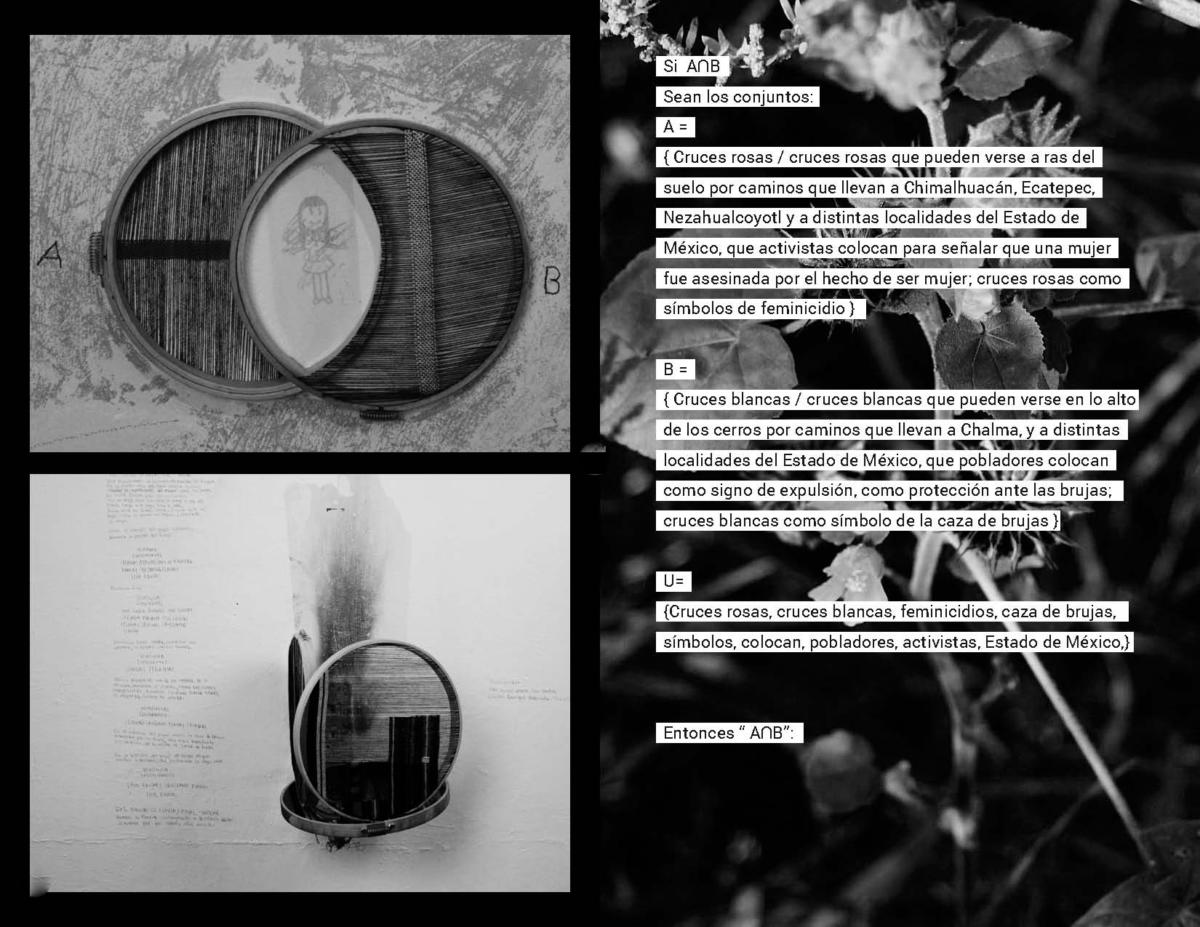
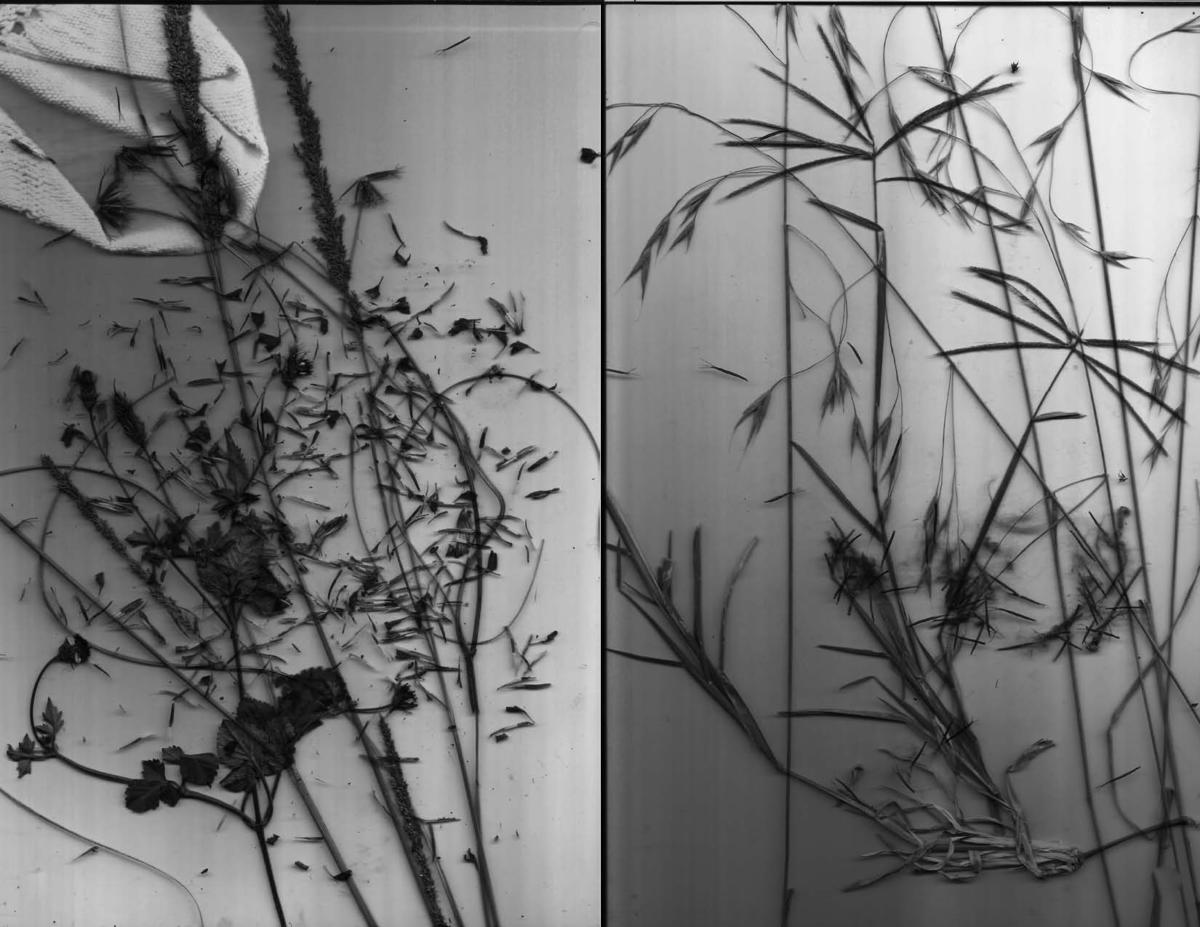
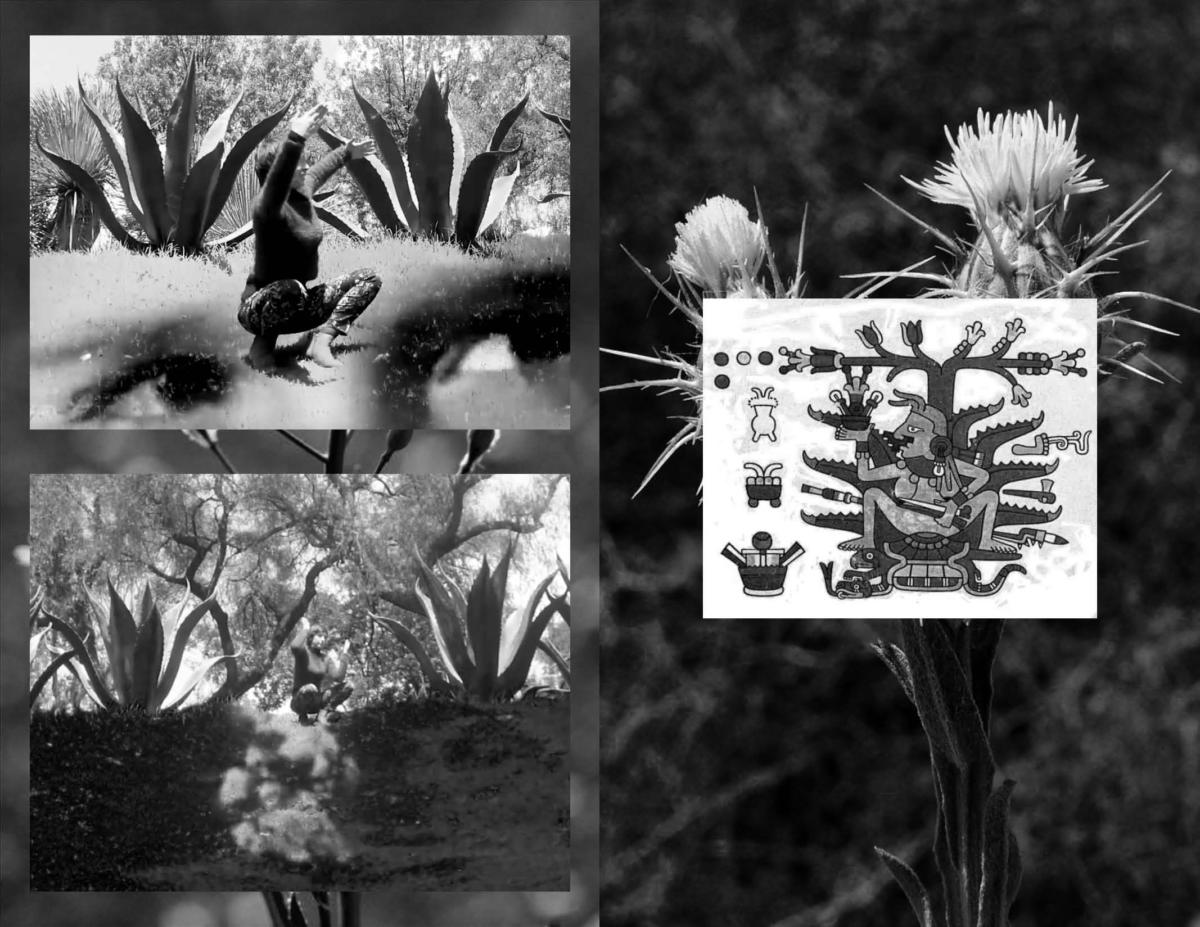
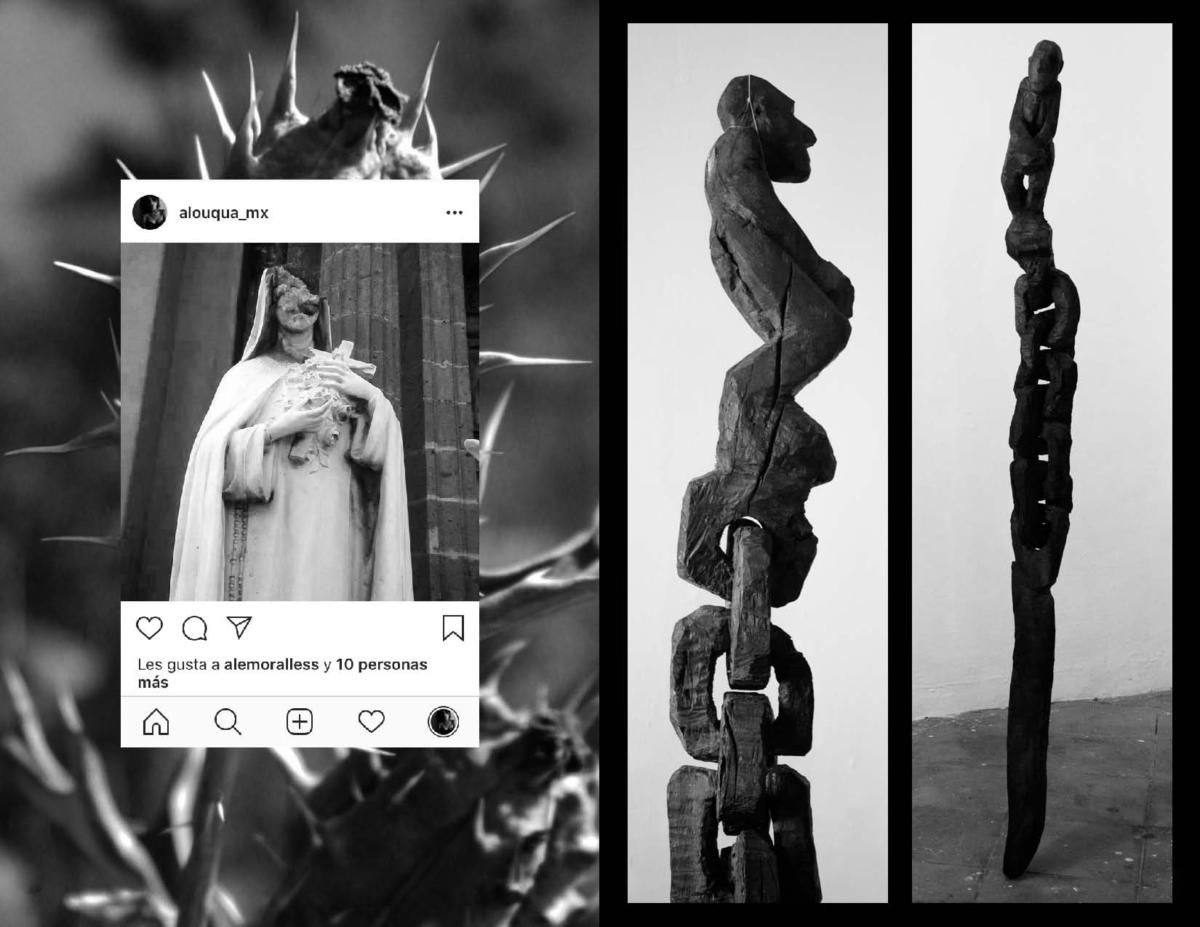
Maleza as a construct of the unwanted plant is a synecdoche of a specific way of rationality – let it be modern, colonial, industrial, patriarchal – what all share is privileging immediate power and control over the phenomena we not fully understand. The plants are exterminated, marginalized by creating >invisible< borders of acceptance and creativity. We can see the effects of this way of approaching things – an austerity and a threat of global disaster.
While the catastrophic entertainment tries to convince us that there is no alternative to the accelerating process of disciplining the nature, just skewing a vision allows noticing so many forgotten universes successfully finding the way of co-existence and mutual relationship. This other way demands creativity and alert way of seeing. Full of care observance of the other allows you to see what x hax to offer, you do not need to understand x but just to respect x way of occupying space. Instead of extermination, you can enjoy x beauty or x chemical composition. This is not so much a question of ethics as it seems for the first glance – it is a matter of survival.
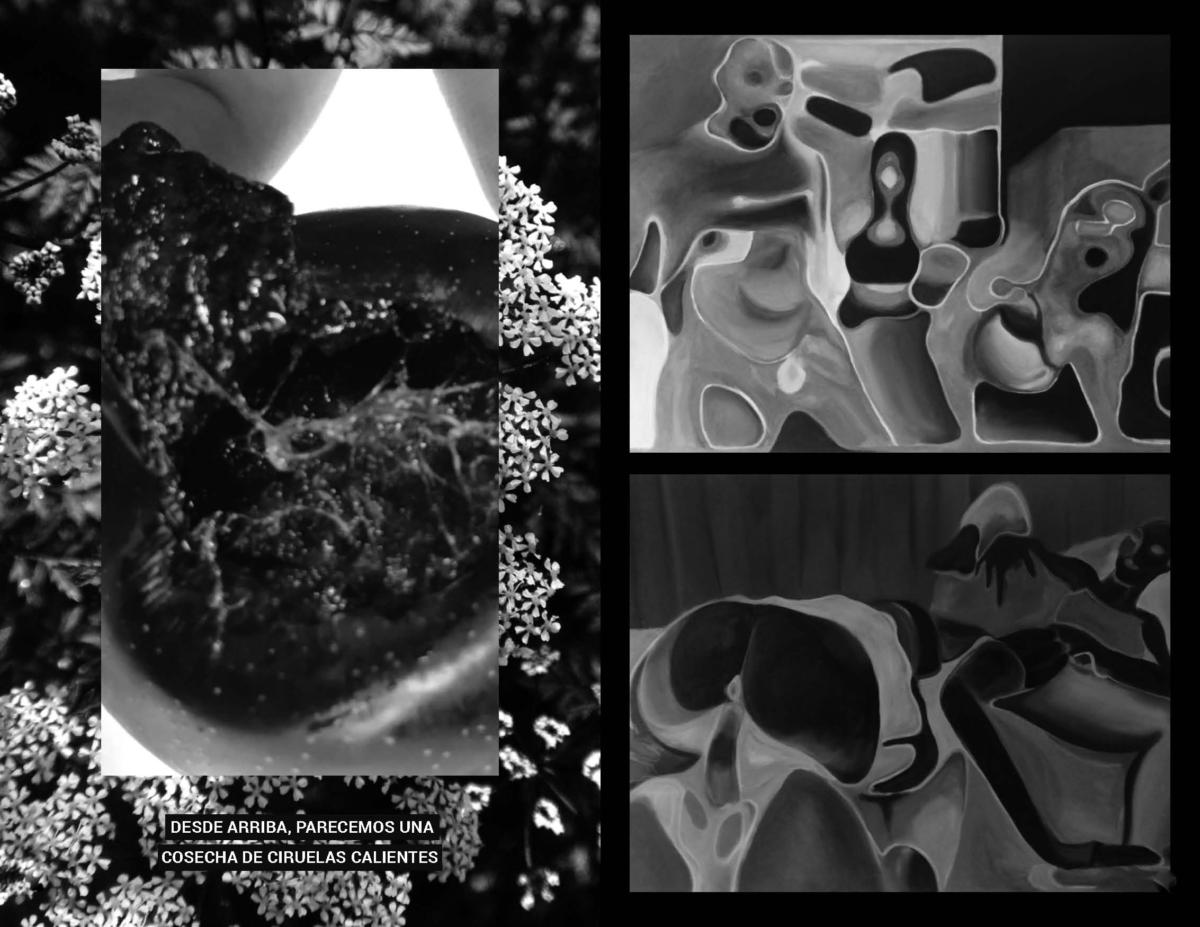

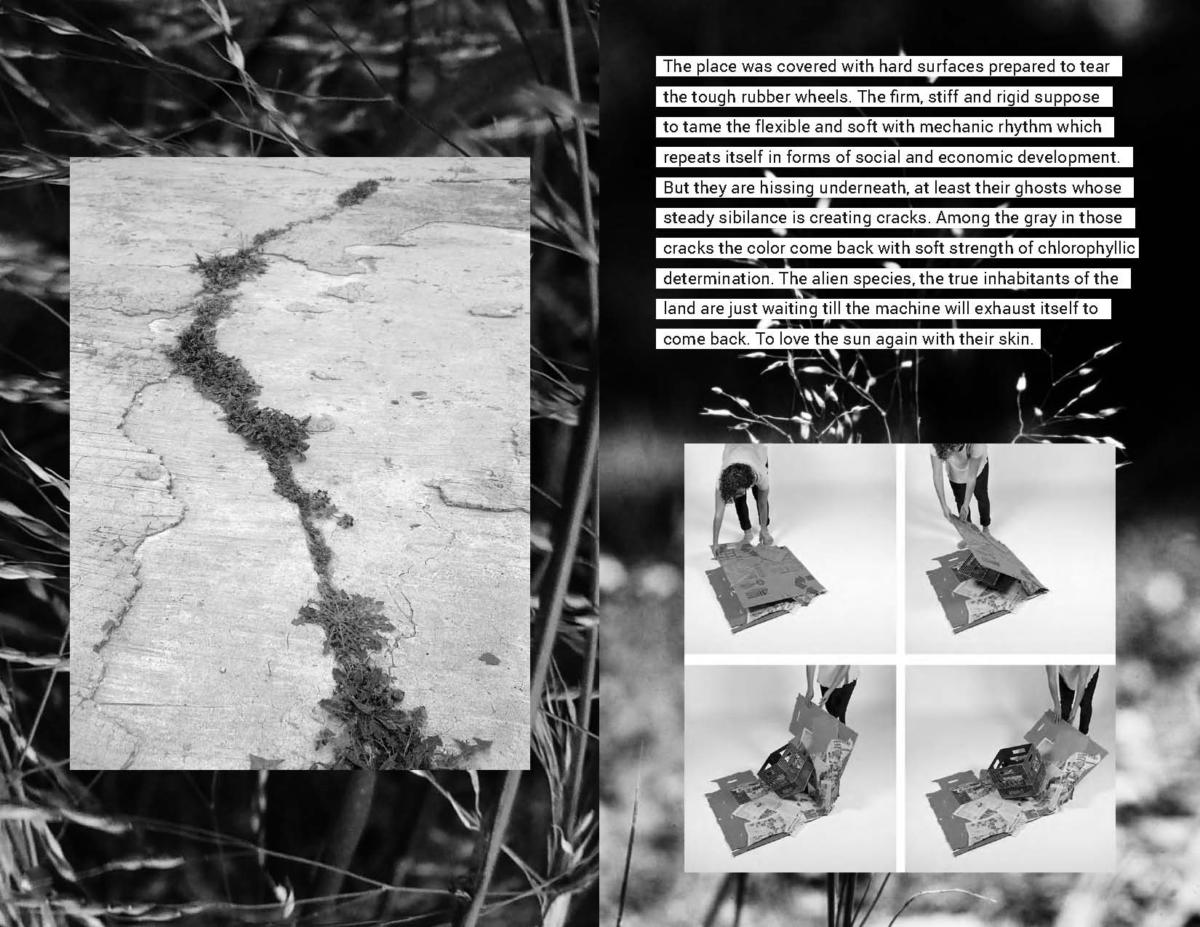
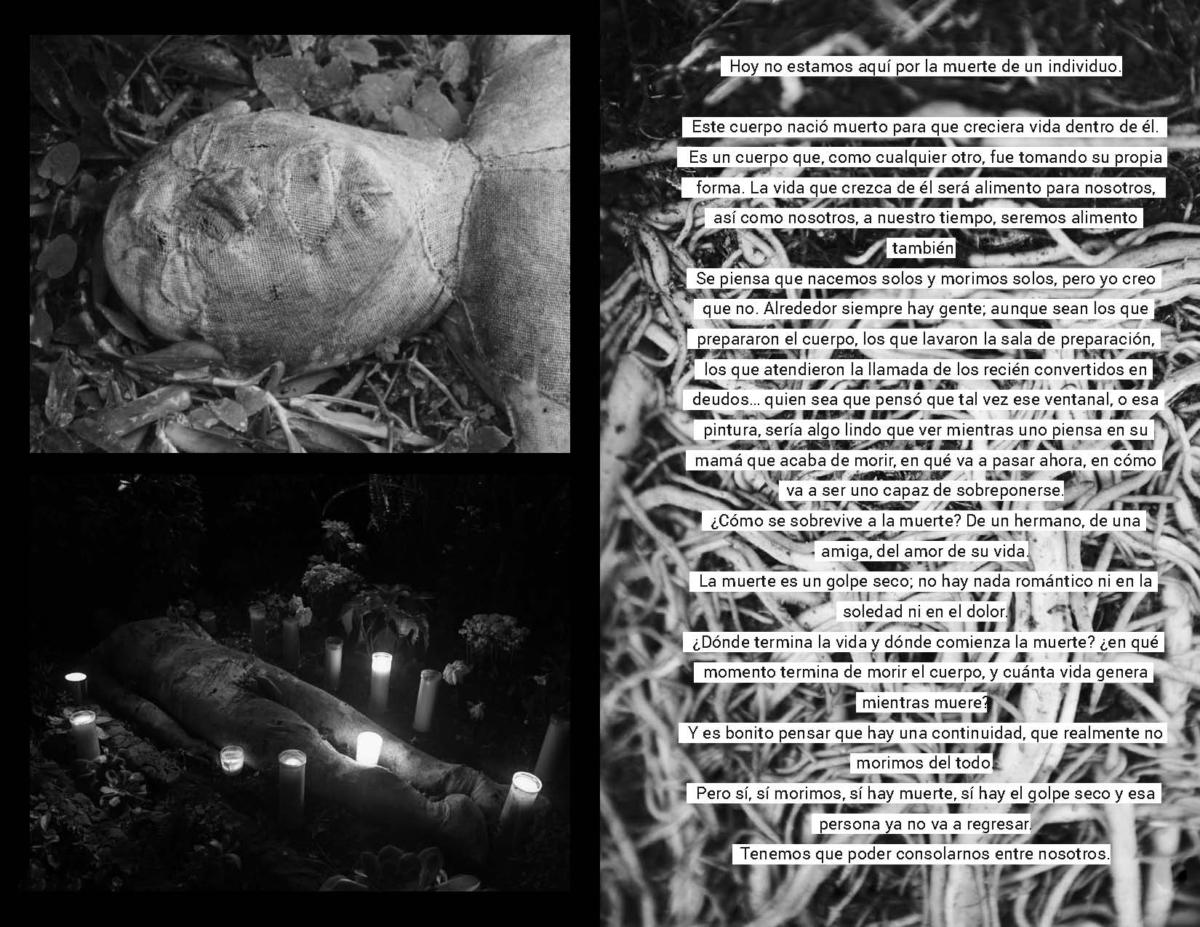
Roza, Quema y Tumba is an exhibition gathering artists who share not more than some sensibility. The plants are the axis of many works. Together they plot the story about an x-plant relationship, proposing the other vision of seeing. Often art is weak and politically precarious –what it can propose is a shift in attention for which Maleza is a figure of changing the perspective. The title which refers to extensive, nomadic exhaustion of nature is to be read in an inverse way. The given social order needs to be torn, burnt and destroyed. In order to create conditions of the dawn of the new vegetation on the tomb of what that we already know.
Maleza is a union for the exhibition and production of different cultural processes whose practices are related to an analysis of the historical present, approaching our immediate or local environment, organizing ourselves through our possibilities of subsistence and finding the common points between our practices. It is with this energy that we dedicate ourselves to grow and strengthen our relations from the collaboration between disciplines, interested in the processes of production beyond the result as mere objects.
Michelle Sáenz and Santiago del Conde
Imprint
| Artist | Ylia Bravo, Antonia González Alarcon, Paola Carolina Ramírez Fernández, Santiago del Conde, Hubert Gromny, Xanath Ramos, Mariau Urrusti, Madara Tropa, Nabil Yanai, Michelle Sáenz, Claudio Ríos Sánchez, Arthur Halbique, Angela Barraza |
| Exhibition | Roza, quema y tumba |
| Place / venue | La Quiñonera |
| Dates | December 2018 – February 2019 |
| Photos | Antonio Medina (Fiebre Ediciones) |
| Index | Angela Barraza Antonia González Alarcon Antonio Medina Arthur Halbique Claudio Ríos Sánchez Hubert Gromny La Quiñonera Madara Tropa Maleza Mariau Urrusti Michelle Sáenz Nabil Yanai Paola Carolina Ramírez Fernández Santiago del Conde Xanath Ramos Ylia Bravo |
